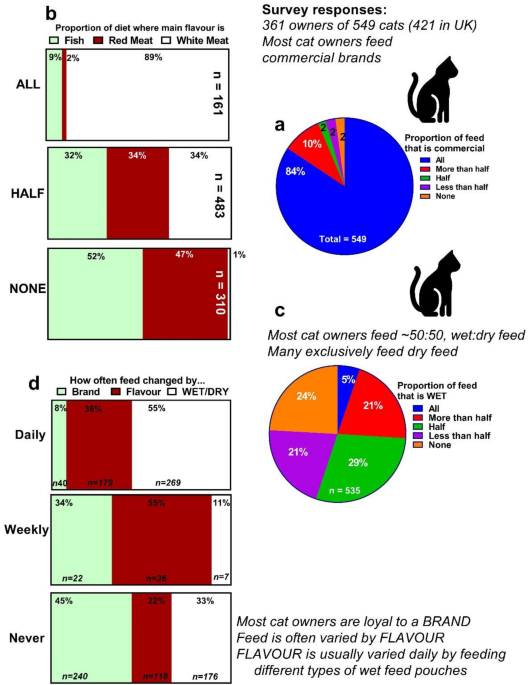- Joined
- May 4, 2015
- Messages
- 226
- Purraise
- 236
I have been reading up on the PMR diet and would like to emulate it for my 2 and 3 year old cats. They have been eating commercial wet food since they were kittens but enjoy 2-3 chicken wings per week. I am sure they will love a raw diet.
I have a few questions before I start the diet and wean them off commercial food.
1. I don't want to purchase a grinder. Is it possible to feed them chicken wings/necks and other meaty bones according to the correct ratios per cat weight/intake and fulfill the calcium/potassium requirement? Wouldn't that be better than bonemeal or eggshell powder?
2. Has anyone switched to a raw diet overnight without the slow introduction? Does that cause problems? I think my cats would enjoy it immediately but I plan on including a little muscle meat (chicken thigh meat) with their regular meals. However, I hope to wean them within a week. Is that too ambitious?
3. I cannot get lite Morton salt where I live. We use sea salt or rock salt for our own food. I have read countless articles about the need for salt in a cat's diet because of iodine. I plan on supplementing with kelp powder. Do I really need salt? If yes, then can I use sea salt?
I would appreciate any other tips. My head is hurting from doing so many calculations and Math was never my strong point.
Thank you so much.
I have a few questions before I start the diet and wean them off commercial food.
1. I don't want to purchase a grinder. Is it possible to feed them chicken wings/necks and other meaty bones according to the correct ratios per cat weight/intake and fulfill the calcium/potassium requirement? Wouldn't that be better than bonemeal or eggshell powder?
2. Has anyone switched to a raw diet overnight without the slow introduction? Does that cause problems? I think my cats would enjoy it immediately but I plan on including a little muscle meat (chicken thigh meat) with their regular meals. However, I hope to wean them within a week. Is that too ambitious?
3. I cannot get lite Morton salt where I live. We use sea salt or rock salt for our own food. I have read countless articles about the need for salt in a cat's diet because of iodine. I plan on supplementing with kelp powder. Do I really need salt? If yes, then can I use sea salt?
I would appreciate any other tips. My head is hurting from doing so many calculations and Math was never my strong point.
Thank you so much.



 But you’ve already been giving them chicken wings so it sounds like they might like the new food.
But you’ve already been giving them chicken wings so it sounds like they might like the new food.
